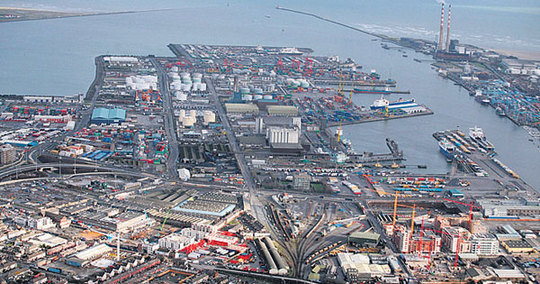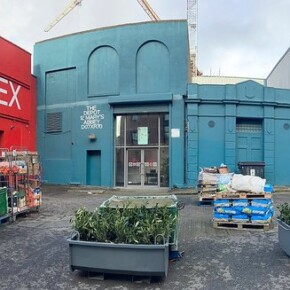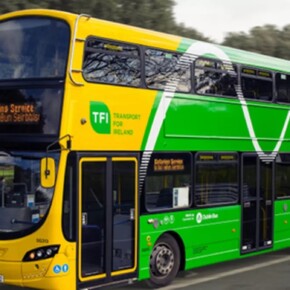Dream plan for Docklands
Dublin People 16 May 2015
A NEW plan for the North Dublin Docklands could generate thousands of local jobs and rejuvenate large disadvantaged sections of the North Inner City, Northside People has learned.
Initial proposals have already been discussed with Dublin City Council and NAMA, the State-owned
‘bad bank’ that’s now responsible for loans attached to many Docklands sites.
The previous regeneration of the Docklands, which began in the late
’80s with the development of the International Financial Services Centre (IFSC), has been criticised locally for failing to deliver socially and alienating local communities.
Development of the Docklands was initially successful, attracting some of the world’s top financial institutions and insurance companies, but the global financial meltdown has left large parts of it in an economic limbo.
Many developers in the area are now in receivership or with NAMA and the unfinished HQ for Anglo Irish Bank in the North Lotts is seen as a symbol of the worst excesses of the Celtic Tiger era.
However, local residents claim their communities were left behind during the boom years, struggling with high levels of unemployment and a shortage of basic facilities while surrounded by banks in cutting edge buildings trading billions of euro.
A presentation of the new plan highlights that at the height of the economic crisis in 2011, unemployment ran as high as 61.4 per cent in Sheriff Street Lower and Mariners Port, while the figure was less than 10 per cent in the area’s newer apartments.
Several local groups have made submissions to the ambitious plan, which is being presented as a template for a renewed economic regeneration that would bridge the social divide.
Local stakeholders involved in the proposals include community organisations, schools, sports and recreational groups and representatives of the unemployed.
Dublin Central TD Joe Costello (Lab), who’s a co-ordinator of the plan, said:
“The Dublin Docklands is an area with a rich history and a strong sense of community, However, it is beset by ingrained social problems and has been let down by previous attempts at regeneration.
?
The new proposals would be a cost effective way of pulling together and adding to initiatives already planned or underway in the area such as a Government undertaking to completely refurbish St Laurence O’Toole’s Junior Boys’ School & Girls’ School.
The plan also suggests utilising Local Community Education and Training Centres (CECs), Education and Training Boards (ETBs) and the National College of Ireland within the Dublin Docklands, East Wall and Ringsend catchment areas to provide access for locals to employment with top financial and technology firms.
There’s also a proposal to convert a building into a multi-purpose space for education and training.
The building would additionally provide space for the arts, sport and recreation, for both learners and the local community, and it would be a focal point for heritage in the heart of the Docklands business community.
It would also be boost to local clubs including Sheriff Youth Club, St Joseph O’Connell Boys’ GAA Club and Docklands Boxing Club.
Current Government and NAMA strategies for the Docklands envisage a
?¬2 billion investment and 33,000 new jobs over the coming years.
And the plan calls for NAMA and Dublin City Council to agree an employment charter to provide for 20 per cent local employment.
New legislation is transferring the functions of the DDDA to Dublin City Council and Deputy Costello is calling for statutory checks, balances and interventions to ensure the local community benefit from the massive development on their doorstep.
“The DDDA failed dismally to effect the social regeneration it had promised,
? he said.
“This is the last opportunity to get it right and ensure that economic and social regeneration go hand in hand in the Docklands.
“It is particularly important that training, apprenticeships and jobs be made available to the local community and that the historical and industrial strengths of the Docklands area are developed and marketed.
?











